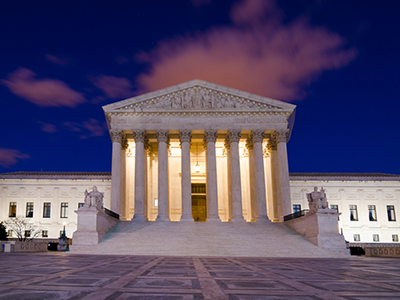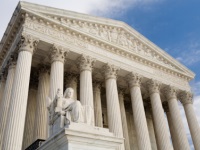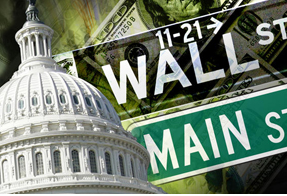Last week, proxy advisory firm Institutional Shareholders Services (“ISS”) published its semi-annual report of the top 100 U.S. securities class action settlements and top 50 SEC settlements of all time, as of December 31, 2016. The report adds thirteen new class action settlements from last year – making 2016 the most represented year in the report’s settlement rankings – along with two new top SEC settlements.
The ISS report ranks, among other things, the top 100 shareholder class action settlements ever reached in the U.S. for actions filed on or after January 1, 1996, when the Private Securities Litigation Reform Act was implemented. ISS’s June 2017 report reflects that there were 137 court-approved securities class action settlements in the US in 2016, remaining steady with 2015. Notably, however, 13 of the 137 class action settlements were among the top 100 shareholder class action settlements, resulting in a total approved settlement fund of over $5.6 billion, the largest in a single year. The largest of these 13 settlements was in Lawrence E. Jaffe Pension Plan v. Household International, Inc., et al., Case No. 02-CV-05893 (N.D. Ill.), which was based on claims of fraudulent misrepresentations concerning allegedly illegal sales techniques, predatory lending practices, and accounting manipulations. In December 2016, the Northern District of Illinois approved a final settlement fund of $1.58 billion, resulting in the seventh largest securities class action settlement in U.S. history. READ MORE








